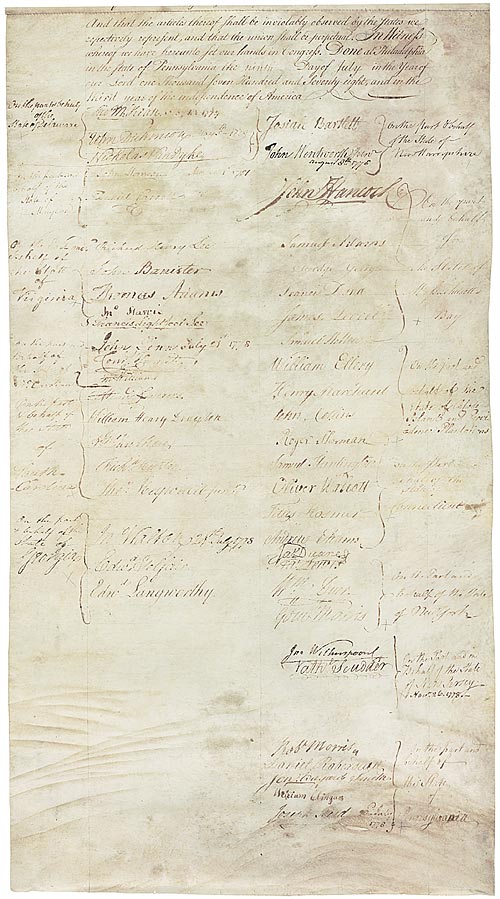On this day in 1781, the Articles of Confederation are ratified. This document guided the United States until it was replaced by the Constitution in 1789.
The Revolution brought Americans from living under a sovereign king, to living in sovereign states, to becoming a sovereign people.
Providentially, all of this happened over the course of just two decades.
This transformation was the fruit of the collective effort to “secure the Blessings of Liberty.”
This government was founded on the “Laws of Nature and of Nature’s God,” acknowledging our “unalienable rights” from our “Creator.”
The Great Governor of the World
Indeed, here is the first half of the last paragraph of the Articles:
“And Whereas it hath pleased the Great Governor of the World to incline the hearts of the legislatures we respectively represent in congress, to approve of, and to authorize us to ratify the said articles of confederation and perpetual union, Know Ye, that we, the undersigned delegates, by virtue of the power and authority to us given for that purpose, do, by these presents, in the name and in behalf of our respective constituents, fully and entirely ratify and confirm each and every of the said articles of confederation and perpetual union, and all and singular the matters and things therein contained.”




